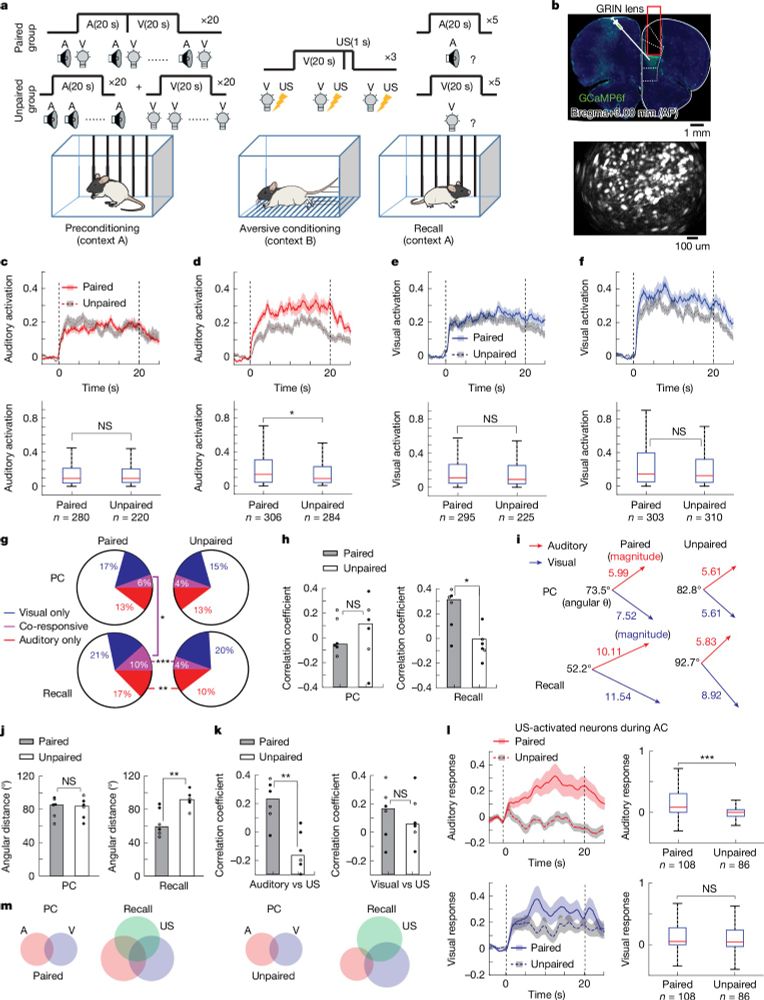
With current technology, it is impossible to tell whether survey respondents are real or bots. Among other things, makes it easy for bad actors to manipulate outcomes. No good news here for the future of online-based survey research

With current technology, it is impossible to tell whether survey respondents are real or bots. Among other things, makes it easy for bad actors to manipulate outcomes. No good news here for the future of online-based survey research
a 🧵 1/n
Drain: arxiv.org/abs/2511.04820
Strain: direct.mit.edu/qss/article/...
Oligopoly: direct.mit.edu/qss/article/...




a 🧵 1/n
Drain: arxiv.org/abs/2511.04820
Strain: direct.mit.edu/qss/article/...
Oligopoly: direct.mit.edu/qss/article/...
Apply by Jan. 14, 2026: santafe.edu/ucr
Apply by Jan. 14, 2026: santafe.edu/ucr
I use it in talks because it's pretty and also because, as an audience member, I am perpetually squinting at people's slides

I use it in talks because it's pretty and also because, as an audience member, I am perpetually squinting at people's slides
www.wimpouw.com/files/Bogels...

www.wimpouw.com/files/Bogels...
www.404media.co/ice-and-cbp-...

powerlmmjs.rpsychologist.com
- Calculate power (etc) for multilevel models
- Examine effects of dropout and other important parameters
- Fast! (Instant results)

powerlmmjs.rpsychologist.com
- Calculate power (etc) for multilevel models
- Examine effects of dropout and other important parameters
- Fast! (Instant results)




mmmdata.io/posts/2025/0...
mmmdata.io/posts/2025/0...

We brought portable fNIRS into the field to predict the subjective work-related “lenses” of business leaders. Check out the thread below for more! 1/8

We brought portable fNIRS into the field to predict the subjective work-related “lenses” of business leaders. Check out the thread below for more! 1/8
Not in within-Ss experiments or when giving reference points for judgments.
From @vladchituc.bsky.social
www.crockettlab.org/s/1-s20-S001...
#psych

Not in within-Ss experiments or when giving reference points for judgments.
From @vladchituc.bsky.social
www.crockettlab.org/s/1-s20-S001...
#psych
We adopt a network neuroscience approach to understand how arousal reconfigures large-scale functional network organization to support memory of complex narratives!
We adopt a network neuroscience approach to understand how arousal reconfigures large-scale functional network organization to support memory of complex narratives!


Our new paper shows AI which models others’ minds as Python code 💻 can quickly and accurately predict human behavior!
shorturl.at/siUYI%F0%9F%...

Our new paper shows AI which models others’ minds as Python code 💻 can quickly and accurately predict human behavior!
shorturl.at/siUYI%F0%9F%...
rdcu.be/el19t

rdcu.be/el19t

Across 3 experiments (n = 3,285), we found that interacting with sycophantic (or overly agreeable) AI chatbots entrenched attitudes and led to inflated self-perceptions.
Yet, people preferred sycophantic chatbots and viewed them as unbiased!
osf.io/preprints/ps...
Thread 🧵

Across 3 experiments (n = 3,285), we found that interacting with sycophantic (or overly agreeable) AI chatbots entrenched attitudes and led to inflated self-perceptions.
Yet, people preferred sycophantic chatbots and viewed them as unbiased!
osf.io/preprints/ps...
Thread 🧵
“Overall, results suggest that BOLD activation to reward tasks, and likely other fMRI tasks, is more appropriate for within-person study than between-person study, highlighting a need for intensive longitudinal neuroimaging designs.”
“Overall, results suggest that BOLD activation to reward tasks, and likely other fMRI tasks, is more appropriate for within-person study than between-person study, highlighting a need for intensive longitudinal neuroimaging designs.”
"Change is most likely [..] if it spreads first among relatively poorly connected nodes."
www.nature.com/articles/s41...

"Change is most likely [..] if it spreads first among relatively poorly connected nodes."
www.nature.com/articles/s41...

